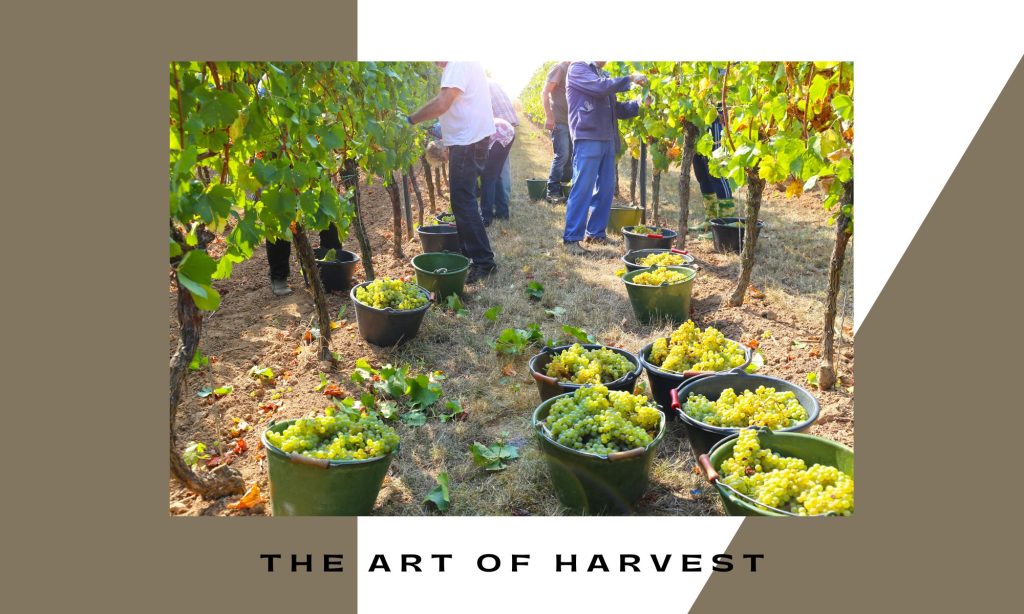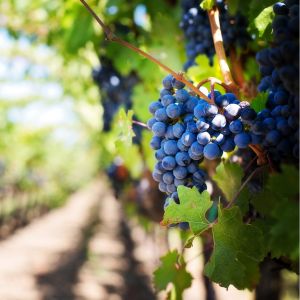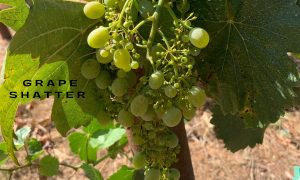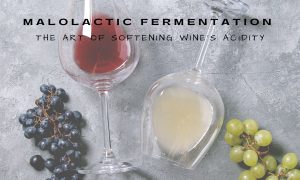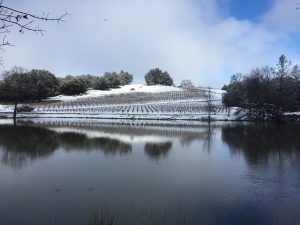At Belledor Vineyards, nestled in the heart of Amador County, the journey from vine to wine is a delicate dance with nature. The art of harvest is one of the most pivotal decisions we make each year, profoundly influencing the acidity, sugar content, and overall flavor profile of our wines.
The Science Behind Harvest Timing
Grapes undergo significant transformations as they ripen. Early in the season, they possess higher acidity and lower sugar levels. As they mature, sugars accumulate, and acidity diminishes. Mastering the art of harvest involves striking the right balance between these elements to craft wines that are both flavorful and harmonious.
- Early Harvest: Picking grapes earlier results in wines with pronounced acidity and lower alcohol content. These wines often exhibit crisp, fresh, and light-bodied characteristics, with tart fruit notes and herbaceous undertones. Early harvesting is particularly beneficial for producing sparkling wines, where higher acidity is desired to achieve a bright and refreshing profile.
- Late Harvest: Allowing grapes to remain on the vine longer leads to increased sugar levels and reduced acidity. This produces wines that are richer, fuller-bodied, and higher in alcohol, often showcasing ripe, jammy fruit flavors. In certain conditions, extended hang time can also encourage the development of noble rot, leading to lusciously sweet dessert wines.
Decision-Making in the Vineyard
Determining the optimal harvest time is both an art and a science. Our team closely monitors various indicators:
- Sugar Levels (Brix): Measuring the sugar concentration helps predict potential alcohol content. For instance, achieving a Brix level of around 21.7° corresponds to a potential alcohol content of approximately 12%.
- Acidity and pH: Maintaining the right acidity ensures the wine’s freshness and longevity. As grapes ripen, acidity decreases, and pH levels rise, influencing the wine’s stability and color.
- Flavor Development: Beyond numbers, tasting the grapes provides insights into flavor maturity, ensuring the desired profile is achieved.
Amador County’s Mediterranean Influence
Our region’s Mediterranean climate plays a pivotal role in grape development. Characterized by warm, dry summers and cool evenings, this climate fosters a long growing season, allowing grapes to ripen slowly and evenly. The high solar radiance and low humidity in Amador County promote full ripening, enhancing the depth and complexity of our wines.
Typically, our harvest season spans from August to October. However, variations in annual weather patterns can shift this window slightly. For example, in 2018, harvest began about ten days later than usual due to an even growing season with no frost damage and ample heat during veraison.
Crafting Diverse Wine Styles
The art of harvest timing allows us to produce a spectrum of wine styles:
- Rosé and Light Whites: Slightly earlier picks (usually in August) balance acidity and sugar, resulting in vibrant, aromatic wines.
- Full-Bodied Reds: Extended hang time enhances sugar content and flavor concentration, perfect for robust reds.
- Dessert Wines: Later harvests (such as in late September or early October) yield sweeter wines with rich, complex profiles.
At Belledor Vineyards, our commitment to understanding and embracing the nuances of harvest timing ensures that each bottle reflects the unique terroir of Amador County and our dedication to winemaking excellence. The art of harvest is a tradition we honor, crafting wines that tell the story of our land and the seasons that shape it.




